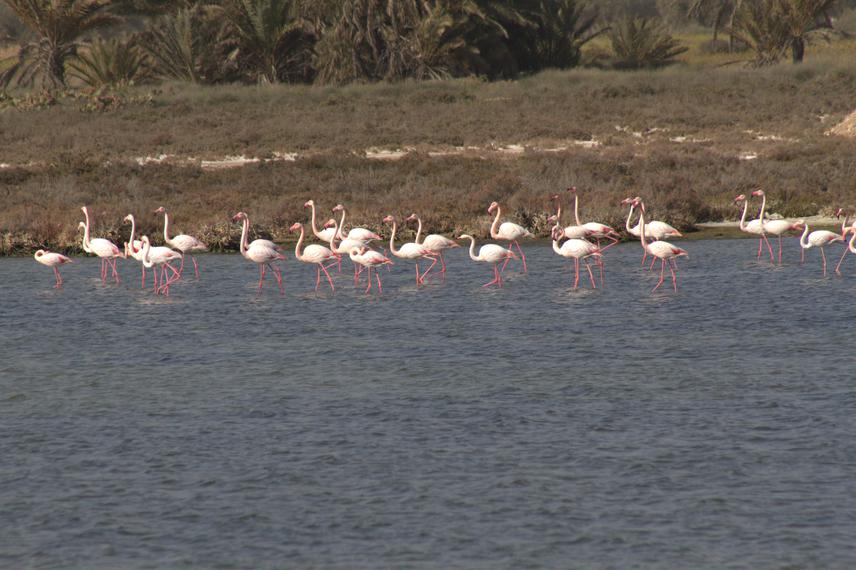Foued Hamza
Other projects
18 Apr 2023
Ecology and Conservation of Three Globally Threatened Waterfowl Species Breeding in Tunisian Wetlands: The Ferruginous Duck, Marbled Teal and White-Headed Duck
Wetlands are among the most diverse and productive ecosystems in the world. They provide many ecosystem services such as flood protection, water purification, nutrient retention and supporting rich biodiversity. However, these habitats are among the most threatened ecosystems worldwide, mainly due to the intensification of agricultural activities, urban development and climate change. These constitute serious threats to several waterbird species that depend on these habitats for breeding and/or wintering.
In Tunisia, numerous wetlands are recognized as important bird areas (IBAs) and play crucial roles as wintering sites for a large diversity of waterbirds that breed in Europe. Little is known about the environmental factors shaping waterbird diversity and dynamics in these wetlands. This lack of knowledge is a hurdle to developing effective conservation for these habitats. The aim of this project is to identify the key parameters that determining the use of wetlands by waterbirds during the wintering period.

Flock of flamingo in IBA of Douz Laâla.
The aim of this project is to identify key parameters that influence the use of wetlands by wintering waterbirds and investigate impact of human activities on these habitats. This project will provide baseline information that is crucial for implementing conservation activities in Tunisian wetlands. The specific contributions that will result from this project are as follows:
(1) Assessment of the population size of waterbirds wintering in the main Tunisian IBAs.
(2) Composition of the avifaunal diversity inhabiting these wetlands in terms of families, migratory status, conservation status and foraging guilds.
(3) Quantify the impact of environmental variables on waterbird species richness and abundance. This will contribute to knowledge of the IBAs and their role in waterbird diversity in the country and provide information for the management and conservation of these aquatic ecosystems.
(4) Develop predictive models of habitat suitability for individual waterbirds species, which will help geographically prioritize the focus of conservation activities.
(5) Involve schools, young naturalist’s clubs, NGOs in the monitoring process and their education on wetlands and waterbirds protection.
(6) Increase public awareness and advocate for the conservation of waterbirds, and their wetland habitats, which are also crucial for local livelihoods.